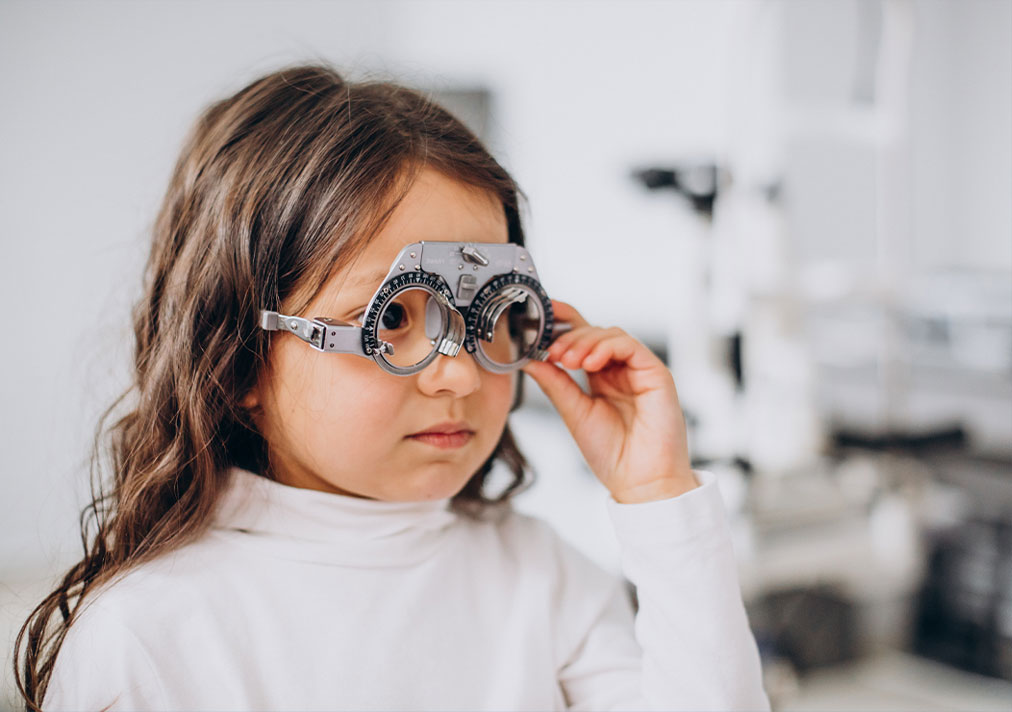Eye emergencies can happen unexpectedly and require immediate attention to prevent serious damage or loss of vision. Understanding the types of eye emergencies, their symptoms, and the appropriate first aid measures can make a significant difference in outcomes. Here’s everything you need to know about eye emergencies.
What Constitutes an Eye Emergency?
An eye emergency occurs when there is an injury or condition that threatens your vision or the health of your eye. Common types of eye emergencies include:
- Chemical Injuries: Exposure to harmful chemicals, such as cleaning products or industrial substances, can cause serious damage to the eye.
- Foreign Objects: Dust, sand, or larger objects like metal and glass can get lodged in the eye, leading to irritation and potential injury.
- Trauma: Blunt force trauma, such as being hit in the eye, can cause bruising, bleeding, or even fractures of the eye socket.
- Infections: Conditions like conjunctivitis or corneal ulcers may require urgent treatment to prevent complications.
Recognizing Symptoms of Eye Emergencies
It is crucial to recognize the symptoms of an eye emergency to seek timely medical help. Some key symptoms include:
- Sudden Loss of Vision: If you experience a sudden decrease in vision, it is essential to seek immediate medical attention.
- Severe Pain: Intense pain in or around the eye can indicate a serious issue that needs prompt evaluation.
- Redness and Swelling: Persistent redness, swelling, or discharge from the eye may signal an infection or injury.
- Light Sensitivity: Increased sensitivity to light can be a sign of various eye conditions that require medical assessment.
- Visible Injury: Any visible cuts, bruises, or foreign objects in the eye should be treated as emergencies.
First Aid for Eye Emergencies
Knowing how to respond in an eye emergency can help minimize damage. Here are some first aid steps to follow:
For Chemical Burns
- Flush the Eye: Immediately rinse the affected eye with clean water or saline solution for at least 15 minutes. Keep the eye open as wide as possible during this process.
- Remove Contact Lenses: If you are wearing contact lenses, try to remove them while flushing the eye.
- Seek Medical Help: After flushing, get to an emergency room or urgent care center as quickly as possible.
For Foreign Objects
- Do Not Rub the Eye: Rubbing can cause further injury. Instead, try to blink repeatedly to see if the object dislodges.
- Flush the Eye: If the object is still present, rinse the eye with clean water or saline solution.
- Seek Medical Attention: If the object does not come out, do not attempt to remove it yourself. Cover the eye with a clean cloth and seek medical help.
For Trauma
- Apply a Cold Compress: If there is swelling or bruising, gently apply a cold compress without putting pressure on the eye.
- Protect the Eye: If there is a visible injury, cover the eye with a rigid shield or the bottom half of a paper cup to prevent further damage.
- Avoid Pressure: Do not apply pressure to the eye and seek immediate medical attention.
When to See a Doctor
You should seek medical attention for any of the following situations:
- Severe pain or discomfort in the eye
- Sudden vision changes or loss
- Visible injuries or bleeding from the eye
- Persistent redness or swelling
- Symptoms of infection, such as discharge or increased sensitivity to light
Conclusion
Eye emergencies require prompt action and appropriate care to prevent serious consequences. Understanding the types of emergencies, recognizing symptoms, and knowing how to respond can save your vision. Always prioritize your eye health and consult a healthcare professional if you experience any concerning symptoms. Remember, when in doubt, it’s better to seek help than to risk your eyesight.



